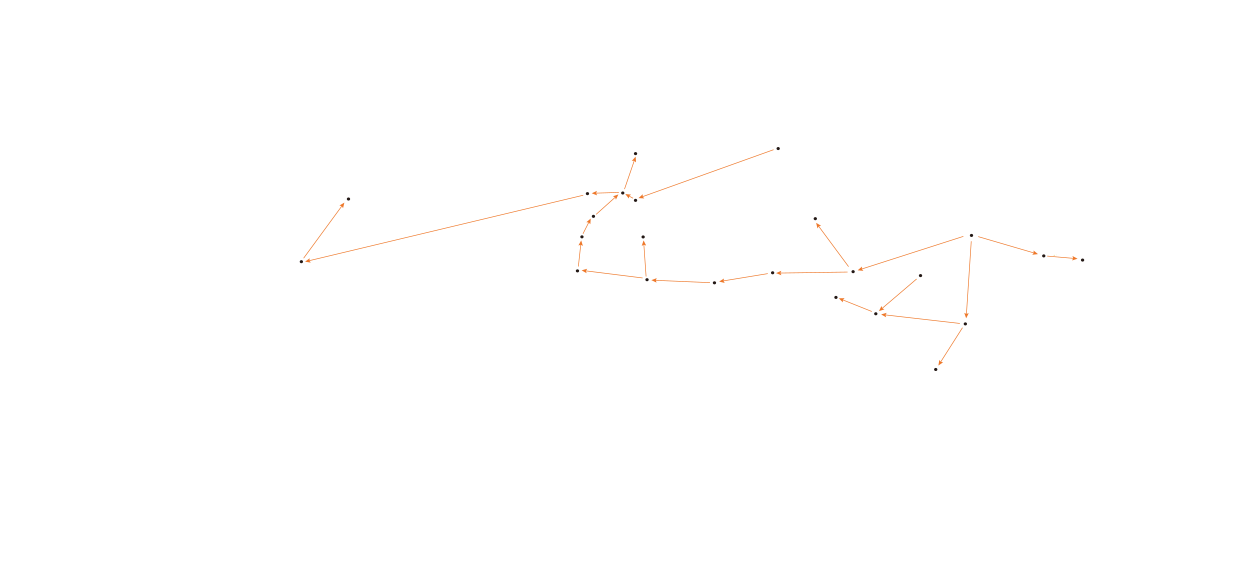Visible Exhibition
-
[Cooperative Exhibition] Light On Hanji - 2021. 08. 22(SUN) ~ 2022. 02. 27(SUN)




| Time(year) | Contents | |
|---|---|---|
| Korea | World | |
| AD 105 | The invention of paper by Che Ryun during the Han period in China | |
| 2~4century | The introduction of Buddhism and papermaking technique to Korea | |
| 610 | Koryo Buddhist monk Damjing introduced coloured paper to Japan. | |
| 704-751 | Silla discovered the Great Dharani Sutra, the first woodblock printing technique. | |
| Gyeongdeok of Silla 14 (755) |
Silla Baekji Mukseodae Banggwang Fluoride Sutra. The great scripture. | |
| 751-757 | During the battle of Dallas, paper manufacturing technique was introduced by the Tang prisoner - Saracen Samakantji. | |
| 793-795 | The king of the Persians invited Chinese papermakers to pass down the papermaking technique - Baghdad, Iraq | |
| 960 | Introduction of paper in Egypt | |
| 1040 | Lybya | |
| 1100 | Fez, Morocco | |
| 1151 | Arab Muslims were the first in Europe to establish a paper manufacturing factory – Spain Valencia | |
| 1189 | A prisoner of the Crusades learned the paper manufacturing skill in Turkey – France Herault | |
| 1270-1355 | Italy Fabriano (1270), Germany Mainz (1320), Austria Vienna (1355) | |
| U of Goryeo 3 years (1377) |
Jikji – The oldest existing metal print book in the world. | |
| 1412 | A papermaking place was installed (Jojiso) | |
| 1430 | The king, Taejong, sent a person to Daemado island to bring back Japanese mulberry | |
| 1434 | A wormwood stalk, barley straw, a bamboo sheath, stem of hemp, and mulberry are mixed at a ratio of 5:1 for the manufacturing. | |
| Reign of King Seongjong (1419-1449) |
A paper armour was recorded in “Sejong Silok” as an armour that is easy to produce and effective in keeping cold. Later on, In the Hamgyeong-do border area, paper armours were provided to the soldiers for keeping them warm. | |
| 1464 | Trial manufacturing after asking Chinese affairs for yellow paper production using epithelium of mulberry was conducted. | |
| 1466 | The paper production place (Jojiso) was renamed as Jojiseo | |
| 1475 | Head of paper manufacture, Park B, was sent to Beijing, China, to learn paper manufacturing techniques. | |
| Reign of King Seongjong (1470-1494) |
Gyeongguk Daejeon, 85 Internal factory head, 692 external factory head | |
| 1492 | John Tate began paper manufacturing business – the UK Stevenage | |
| 1428 | Using the water power, handmaking paper factory was established – Netherlands Gennep | |
| Reign of King Myeongjong (1546-1567) |
In preparation for the Manchurians' invasion, a strategic point was installed along the Tumen river, and paper clothing was transported to the soldiers. | |
| 1586 | Paper factory using horses began – Netherlands Dordrecht | |
| 1532-1690 | Sweden Moscow(1532), Russia Moscow(1576), Norway Oslo(1690), Mexico Culhuacan (1575) | |
| 1625 | Jojiseo was destroyed due to the civil war, leading to reduced workers from 81 head of paper manufacturing to 4 and 60 bookkeepers to 5. | |
| Reign of King Sukjong (1674-1720) |
When rinderpest (an infectious disease) spread, resulting in many cows' death, soldiers' hats were made by crossing strings made of paper. | |
| 1679 | As ‘Daedongbeop’ (A law indicating the change of tax system – accepting rice as tax payment) come into effect in three southern provinces of Korea, paper money within the country decreased dramatically. | |
| 1690 | Due to the influence of the Netherlands, the US constructed the first paper manufacturing factory – USA Philadelphia | |
| 1796 | A serious warning was made in Korea's three southern provinces to encourage the population to cultivate bamboo trees. | |
| 1803 | From the influence of a UK man, Canada’s first paper manufacturing factory was established – Canada St. Andrews | |
| 1807 | The UK Fourdrinier brothers discovered the now called fourdrinier paper technology. | |
| 1809 | Discovery of The cylinder machine by John Dickinson | |
| 1830 | 46 paper dealing market in all parts of the country | |
| 1882 | Abolition of Jojiseo | |